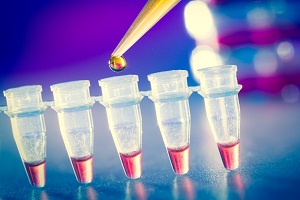An international study published in the journal Nature reveals the 83 genetic variants which affect the height. Although rare variants, their effects can change the height of a person even of 2 cm. It follows that the height is so determined by the genetic information passed from parents, but also by factors up to now neglected. The discovery will help to develop treatments that will promote growth, as well as to better understand the dynamics behind the development of some diseases.
The study involved more than 700,000 people, including more than 250,000 genetic variants studied. Among these it has emerged 83 relevant for height determination. Among the genes involved there are also those that determine the development of cartilage, bone development, the production of hormones. Unlike other variants identified in the past, these are uncommon or even rare. In fact, they act directly on proteins, which makes them much more significant effect.
With the discovery could treat growth problems caused by genetic factors. For example, making the inactive STC2 gene can increase the height of the wearer. One could then think of a drug that blocks the activity, so as to render more easy the growth. The same technique also allows you to identify the risk of developing diabetes, schizophrenia, heart disease and various cancers.
The success of the study has helped the amplitude of the sample considered. The high number of participants allowed to thoroughly study the biological and genetic basis of the mechanisms of growth, as well as those of some diseases. The next step will be, however, expand even more the sample, involving more than 2 million people.
Source: lescienze.it
Add a comment





